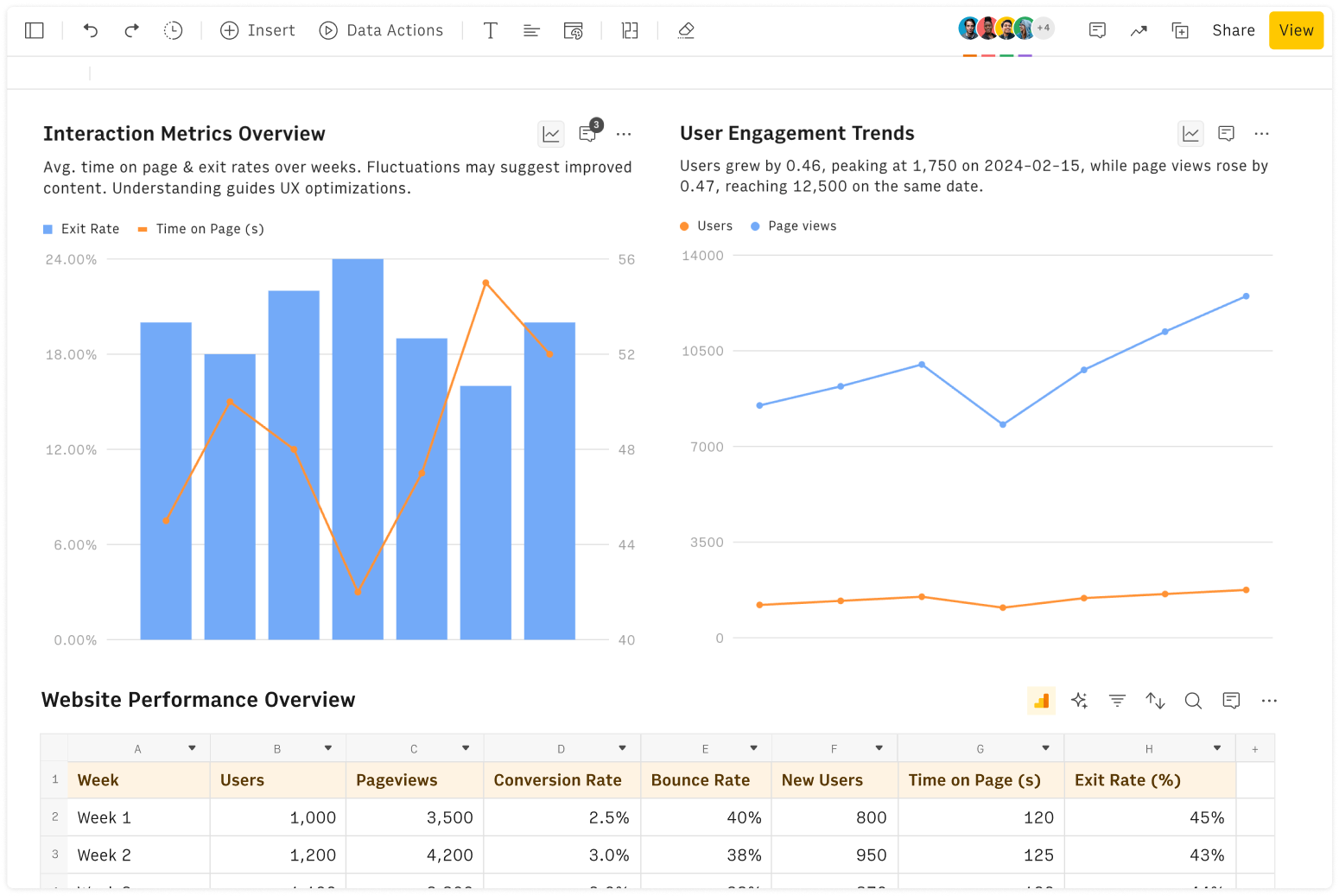What is a Payback Calculator?
The Payback Period Calculator helps you compute the length of time it takes for an investment to generate enough cash flow to recover its initial cost.
This calculation is essential for assessing the profitability and risk of investment opportunities, as it indicates how quickly an investment can start generating returns.
How does the Payback Calculator works?
All you need to do is to input two values:
The Initial Investment: The outflow of money required by the investment today (e.g., machinery or a plant).
The Cash Flow: The inflow of money generated for each subsequent period (e.g., gross margin generated by products sold).
The calculator simply divides the initial investment by the periodic cash inflow to determine the number of periods, usually years, it will take for the investment to "pay back" its initial cost, as follows:
Payback period = Initial Investment / Cash flow
How to calculate the Payback period with different cash flows
For simplicity’s sake and to better illustrate the concept, this calculator assumes that all subsequent cash flows are equal. However, in reality, with economies of scale and learning curves in place, cash flows are often different from period to period. In that case, you can use the cumulative cash flow to quickly compute the payback period as follows:
Compute the cumulative cash flow: for each subsequent year, together with the remaining capital, namely the initial investment minus the cumulative cash flow.
Find the year: The year in which the cash flow is bigger than the previous year's remaining capital represents the unit of your payback period, namely the Payback Year
Determine the Year pro-quota: as the additional portion of the year it takes to zero the remaining capital, taking the ratio between the remaining capital and the cash flow corresponding to the payback year as follows:
Year pro-quota = Remaining capital(Payback Year) / Cash flow(Payback Year + 1)
The final payback period is computed as:
Payback period = Payback Year + Year pro-quota
A shorter payback period is preferred as it means that the investment will generate returns more quickly.
Payback period analysis is important for businesses as it helps them to make informed decisions about investments, assess risks, and evaluate the feasibility of different projects. It can be used in conjunction with other methods, such as Net Present Value (NPV) analysis, which takes into account the time value of money and helps businesses to compare the profitability of different investments by discounting future cash flows to their present value. By considering both the payback period and NPV, businesses can make better investment decisions and maximize their returns.
Practical Example of Payback Period calculation
Let's consider the following example:
Initial Investment: $100,000
First year cash flow (CF1): 30,000$
Second year cash flow (CF2): 50,000$
Third year cash flow (CF3): 50,000$
CF0 (investment) | - 100,000$ | Remaining capital |
CF1 | 30,000$ | 70,000$ |
CF2 | 50,000$ | 20,000$ |
CF3 | 50,000$ | 0$ |
As CF3 > Remaining capital(year 2)
Payback year = 3
Year pro-quota = 20,000$ / 50,000$ = 0.4
Payback period = 3 + 0.4 = 3.4 years
How to calculate a Discounted Payback Period
A limitation of the payback period is that it does not consider the time value of money.
The Discounted Payback Period addresses this limitation by discounting the cash flows to their present value before calculating the payback period. This means that the future cash flows are adjusted to reflect their current worth, making the analysis more accurate.
In this case, all cash flows needs to be discounted by a selected discount rate, e.g. 10%, before proceeding on the above-described calculation, using the following formula:
PV = CFn / (1 + Discount_rate)^n
where n is period considered.
In the above example
CF0 (investment) | -100,000$ | Remaining capital |
CF1 | 27.273$ | 72.727$ |
CF2 | 41.322$ | 31.405$ |
CF3 | 37.566$ | 0$ |
As CF3 > Remaining capital(year 2)
Payback year = 3
Year pro-quota = 31.405$ / 37.566$ = 0.83
Payback period = 3 + 0.83 = 3.83 years
Please notice how the payback period increased due to higher time value of money (represented by a positive discount rate): money today is worth more than the same amount in the future due to its earning potential.
As a result, the new payback period reflects the diminishing value of cash flows in the future, making it longer to recoup the initial investment.







